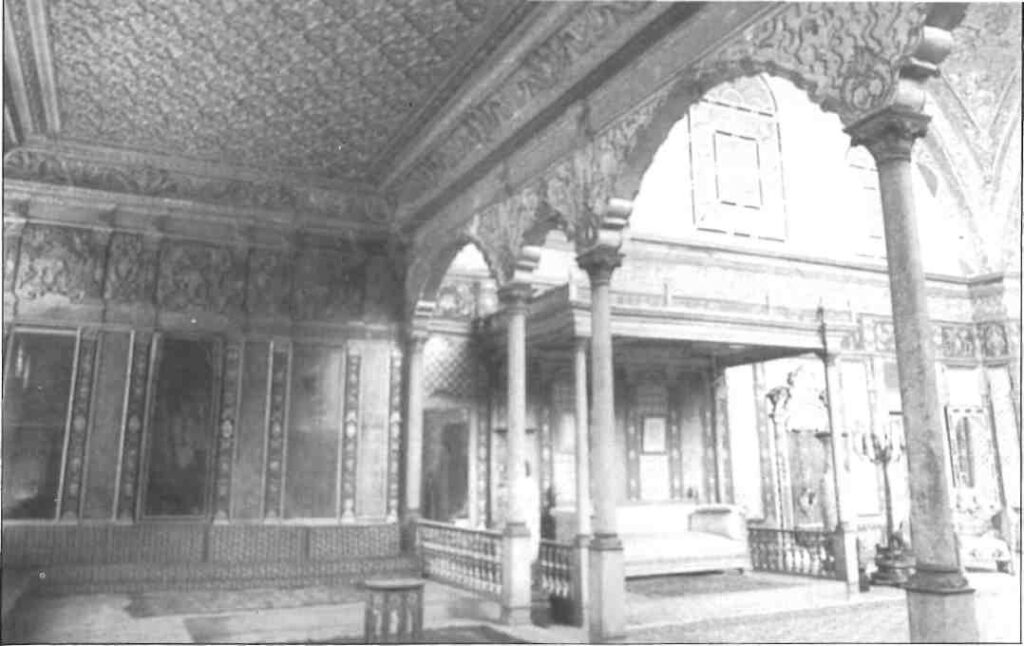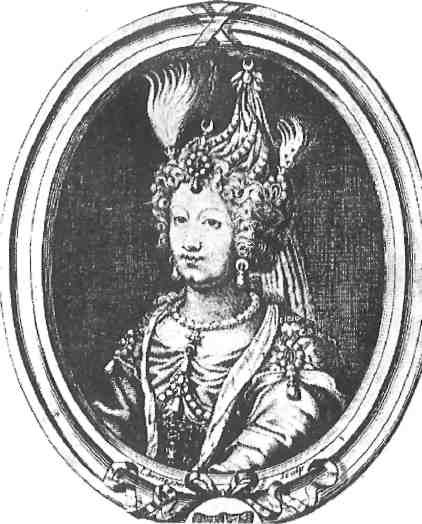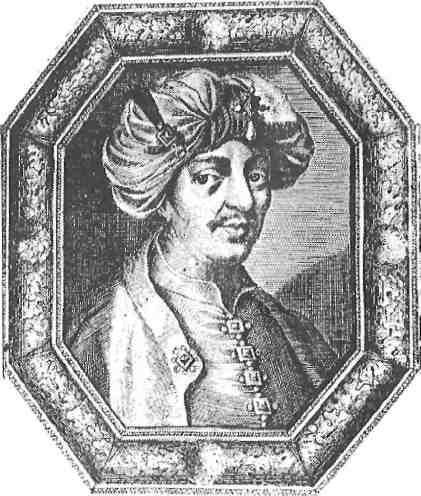Tales of outstanding courage, tenacity, ephemeral victory and tragedy are all woven, like so many threads, through the contemporary literature and history of the post-Byzantine Cretan War. Noted for its protracted siege and bitterly contested hostilities, it eventually ended with the fall of the capital, Candia (today Irakleion) in September 1669. It had taken an imperial Turkish invasion force of up to 50,000 troops over two decades to wrest the ‘big island’ from Venetian domination. Slaughter and enslavement had marked the Turkish advance and hundreds of women and children were herded into captivity, spurring the Cretans, who had so often revolted against the injustices of their Venetian overlords, to stiffen their resistance alongside them in defiance of these new and even more odious masters.

Among the earlier victims, according to a 17th century poem, were three daughters of the priest Boryia from Rethymnon. The girls’ renowned beauty ensured both their downfall and deliverance: it made them desirable, sought-after captives and, at the same time, saved them from the horrors of the Turkish slave markets.
One Sunday, one dawn
one main feastday, They took from Papa Boryia
his three daughters. Enslaved in Crete
they left by ship. The mother and relatives wept. One was taken by a pasha;
one by a vizier, But the fairest the sultan took.
As the poem states, two sisters entered aristocratic households but the youngest, Evmenia, little more than a child, found herself in the sumptuous harem of the Topkapi, palace of the sultans in Constantinople.
It is difficult to imagine the bewilderment of a young girl who had grown up in unsophisticated Rethymnon, survived the rigors of transportation by slave ship and alienation from family and friends, only to be placed in these alien yet luxurious surroundings. The imperial harem, with its enormous, ostentatious halls, glittering ceremonies, zealously and strictly maintained heirarchy, formed an almost self-sufficient commuity of 4000 women. Its bathing pools, infirmary, princes’ school, dormitories and apartments were all but hermetically sealed-off under the watchful eye of black eunuchs. It was a place of danger and intrigue, a hotbed of female ambition.
Sultan Mehmet IV, who ascended the throne as a result of a mutiny which killed his father, was still a minor. Up till then, the affairs of state had been run by his grandmother through her ministers until she was strangled by order of Mehmet’s mother, Turhan Sultan, who placed almost absolute power into the hands of her Grand Vizier (chief minister of state), the renowned and able Albanian Kiuprili.

While’the latter attempted to halt growing unrest and a general decline in the empire, the ambitious Turhan, a. Russian by origin, busied herself in consolidating power in the harem. Long regarded by many as the key to Ottoman social history, the harem played an important role in public life and consequently seethed with conspiracy and rivalry. Turhan’s position remained insecure as long as Mehmet IV showed no interest whatsoever in women. It was her duty to initiate her son into the delights of his harem, thereby ensuring the imperial lineage and the throne, but Mehmet’s exclusive passion stubbornly remained hunting.
A crack shot, he would disappear for weeks on end tracking game in Thrace and Macedonia. As he reached full maturity, beauties drawn from every corner of the vast empire were presented to him in rapid succession in the apparently futile hope of tempting him to the conjugal couch.
Evmenia, now answering to the name of Rebia Gioulmis, and paying lip service to the Moslem religion, had been trained in the ways of her new home, learning some Turkish, general duties, grace and poise along with complete submission. As she recovered from her trauma, her natural charm became even more apparent, and brought her to the attention of the desperate Turhan.
In the hope that this fair Cretan slave girl would work the required miracle, Evmenia was duly summoned to the dowager sultana’s apartments, dressed splendidly and presented one night to the reluctant groom whom she completely captivated.

For some time, however, Evmenia failed to produce a male heir, yet her hold on Mehmet was so powerful that he had eyes for no one else. Her mother-in-law grew impatient and envious and brought to the harem a Georgian girl of such exquisite beauty and charm that even the doting Mehmet could not resist her.
Evmenia, who had always encouraged her lord in his passion for hunting, as it sent him far from the schemers and flatterers of the harem, took advantage of his next absence to invite the Georgian rival to her rooms. When the girl arrived she was met by black stranglers who formed a separate corps of slaves, drawn from the deaf and mute so that they wouldn’t yield to the pleas of their victims. Contemporary writers say the rival accepted her fate with apathy.
Evmenia had nailed her colors to the mast and the news spread like wildfire through the harem: the girl from Rethymnon was not about to relinquish her position easily and was not to be trifled with. Shortly afterwards she gave birth to her first son, Mustapha, and was made sultana by the adoring Mehmet, strengthening her position even further.
As well as keeping a watchful eye on her husband and any new acquisitions to the harem, Evmenia, being Greek, naturally took a lively interest in politics and the affairs of state. These were not easy years for the Turkish Empire which had reached its apogee of power and domination. Under pressure from the Holy Alliance in the north and Persia in the east, its ill-defined frontiers had imperceptibly begun to recede.
The decline was not yet apparent, however, and Evmenia continued to wield great influence at court. Any rival who had the temerity to cross her path was summarily dealt with. She persuaded Mehmet to have his the power-hungry brothers strangled; a dancing girl who enchanted her husband with her lithe and sensual movements was ‘by accident1 flung, one hot night, into the inky waters of the Bosphorus whose powerful currents swept her away forever; and a shepherdess he dallied with was married off to an officer in Evmenia’s entourage who was instantly dispatched to a distant frontier post.
In later years, she switched her manipulative talents from Mehmet and applied them to securing the throne for her sons who ruled briefly as Mustapha and Ibrahim III after Mehmet IV was deposed in 1689. From all accounts, her sins weighed ever more heavily on her soul as old age approached and she took to building mosques with soup kitchens attached where the poor and destitute could get a free meal.
Apart from this 11th hour charity work it cannot be said that Evmenia left many lasting achievements behind her. Neither her consort nor her sons ranked among the outstanding sultans of the Ottoman Empire. Living by her wits alone and playing by the rules she was taught, she had survived and, against all odds, had commanded a position of relative power for many years.







